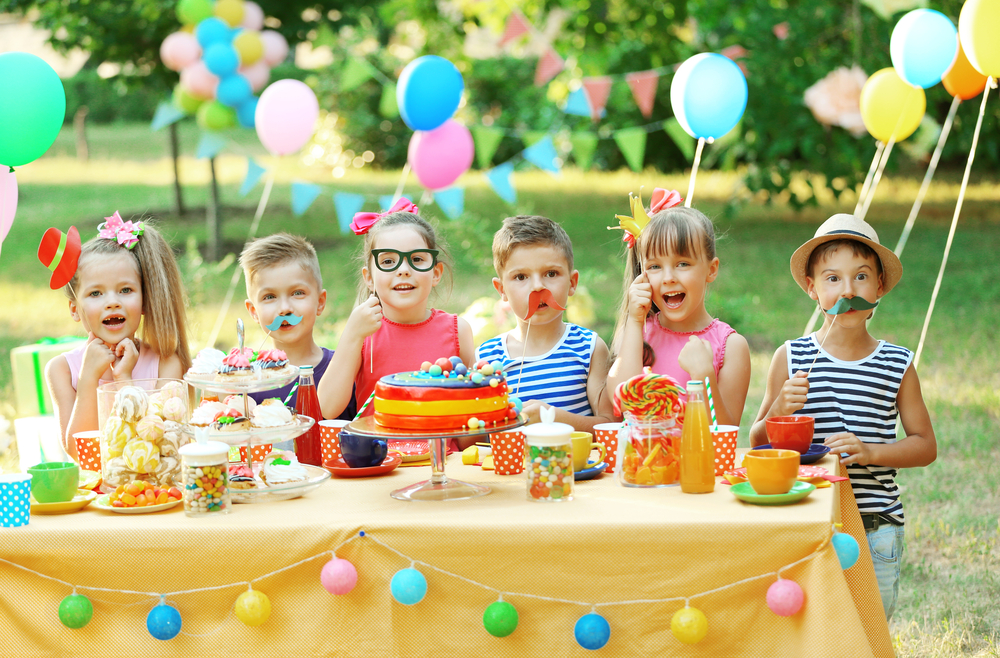Start with one clear goal for the party
Decide what you want the day to feel like: energetic and playful, calm and creative, or somewhere in between. Having a single goal helps you pick activities, timing and helpers so the event doesn’t spin out. For example, if your aim is “fun and low-stress,” pick one headline activity and two supporting stations rather than ten half-finished ideas.
Choose activities that scale for mixed ages
Parties often include a wide age range. Design stations that stretch or shrink to suit different kids: a craft table with junior and advanced templates, a science bench with both demonstration and simple DIY tasks, and an active game area with easy and harder variants. This way you get variety without separate itineraries for every guest and one provider or host can manage multiple groups effectively.
When to hire help (and what to ask for)

If you’d rather enjoy the day, hire a professional who understands children and logistics. Ask for DBS/safeguarding confirmation and public-liability insurance, check a short demo video, and request a sample run-sheet so you know how they’ll pace the party. A vetted children party entertainment provider typically brings props, manages crowd control, and keeps activities age-appropriate—freeing you up to be a guest at your child’s party.
Keep timing short and predictable
Children respond well to clear timings. Structure the party with short bursts of activity (10–20 minutes) and built-in breaks for food, toilet trips and chill-out time. Using a visual timer or familiar countdown song helps children anticipate transitions and reduces meltdowns—especially with younger guests.
Practical safety and allergy planning
Collect dietary requirements on the RSVP and label food clearly. For messy or hands-on stations have pre-measured materials and one adult helper per table. If a station involves small parts, set a toddler-only zone elsewhere. For evidence-based guidance on safe activity levels and breaks, consult official advice such as the NHS physical activity recommendations to help plan energetic segments responsibly.
Make favours meaningful, not wasteful
Avoid generic loot bags and make favours part of the activity: decorated masks, painted rocks, or a small DIY kit double as entertainment and a keepsake. This reduces waste and gives children something they’re proud to take home.
Use music and movement to manage energy
Plan a short, high-energy music slot mid-party to let children burn off excitement before cake. Follow it with a calmer activity—story corner, craft, or a short movie clip—to help the group settle for food and presents. A playlist with a mix of familiar songs and themed tracks keeps momentum and supports smooth transitions.
Little operational details that save the day
Label stations, pre-portion materials, and recruit two helpers per 12 kids. Keep a visible first-aid kit and a small cleanup box with wipes and cloths. Confirm parking, access and power needs with your venue and whoever’s on the run-sheet so the day runs on time.
Final thought: focus on connection over perfection
Kids remember how they felt more than exact decorations or schedules. A relaxed host, one brilliant activity and a few thoughtful touches (water station, quiet corner, clear signs) make the party feel special without stress. If you want to hand over the logistics and headline fun, a reliable children party entertainment provider can deliver the excitement while you enjoy the memories.
